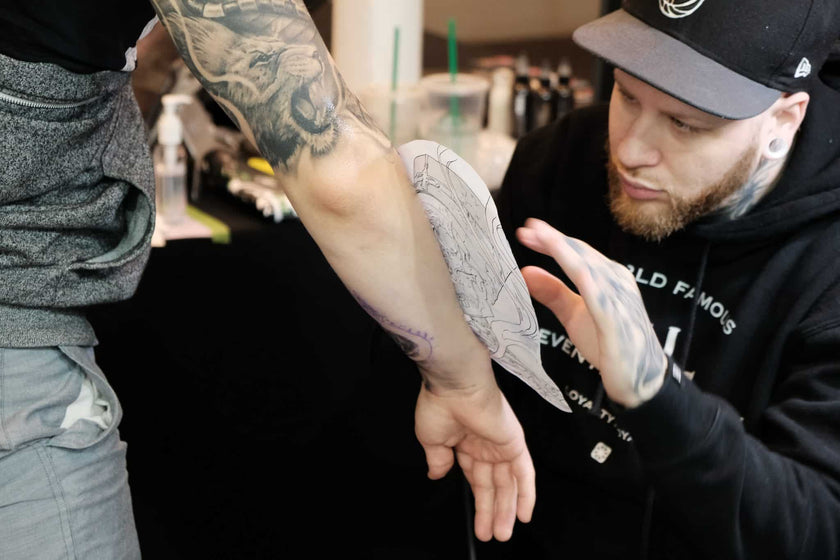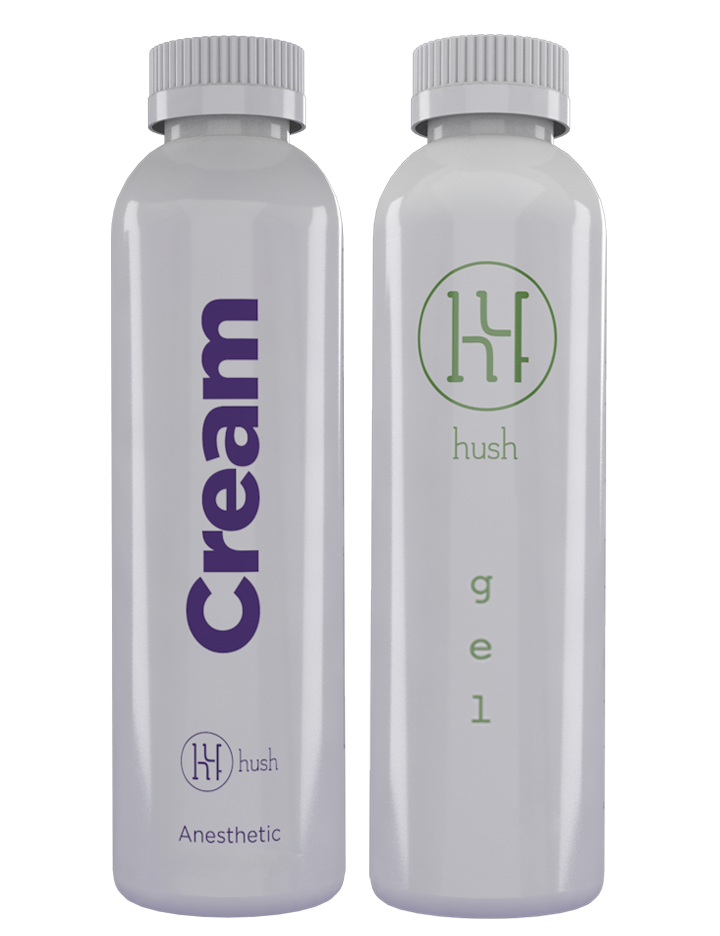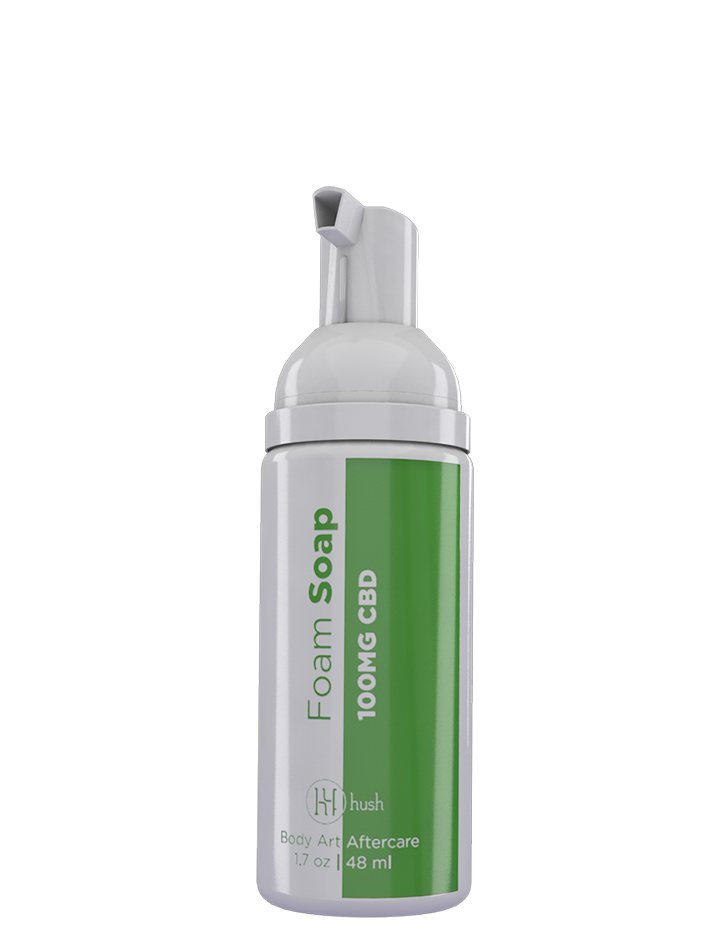Nothing lasts forever, they say. Well, except for tattoos – sort of. Removing embarrassing tattoos used to be impossible a few years ago but, thankfully, technology has drastically improved. Laser technology has made it possible to erase what was once a permanent mark on one’s skin albeit it is still a long, expensive and imperfect process. According to statistics, about 17% of people who have tattoos regret having one and wish they could go a laser removal procedure. Most of these people are in their 40s and got tattoos when they were still young adults.
How Laser Removal Works
Tattoo artists cannot remove your old tattoos unless you decide to cover them up with a new design. Instead, you make your way to a dermatologist who will use a machine that sends concentrated bursts of light into your skin. Unfortunately, the bursts will sting even if you decide to apply a tattoo removing cream and will feel like hot grease is constantly falling on your skin. It is then the light that helps break up the ink underneath your skin so it becomes less visible.
Factors to Consider
Removing a tattoo, most of the times, it takes around 6 to 10 sessions to fully remove, if at all possible. Many results are imperfect (and will probably require a lot of topical anesthetic gel) and they could also leave you with a scar of some sort. Below are among the factors that could affect how easy (or difficult) a tattoo can be removed:
Color of Tattoo
Inks with greens, reds and yellows are among the most difficult to remove while black tattoos are the easiest. Neon colors are also very difficult to remove and will mean more trips for you to the dermatologist. The general rule is that the greater the contrast is between your ink and your skin, the easier it is to remove.
Body Placement
The parts of the body that need a topical anesthetic spray the most is usually the one that is hardest to remove ink from. The easiest to remove is in the lower back while the lower extremities (legs and lower down the arm) are hardest. Most often, tattoos located close to the heart are easier to remove because of better blood circulation. They also heal faster in between sessions.
Old vs. New Tattoos
Old tattoos have undergone some fading which means that much of its pigment has probably been absorbed by the body already. Since they are already slightly faded, it takes lesser sessions to remove old tattoos than the newer ones.
Amateur vs. Professional Artists
The depth and amount of ink applied to the skin are obviously huge factors in determining how easy an ink can be removed. Amateur tattoo artists often apply lesser ink but are found at varying depths; they are generally much easier to remove. On the other hand, professional artists apply more ink but at a more consistent depth. Obviously, getting a tattoo is a serious matter. You may not feel the pain during the actual inking due to the help of a topical anesthetic. But you will surely be pained and scarred for life if you have to live with the embarrassing mark for the rest of your life.





